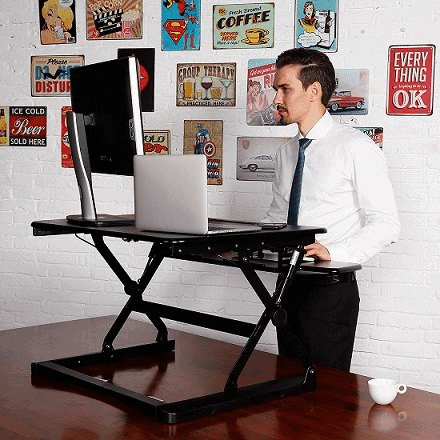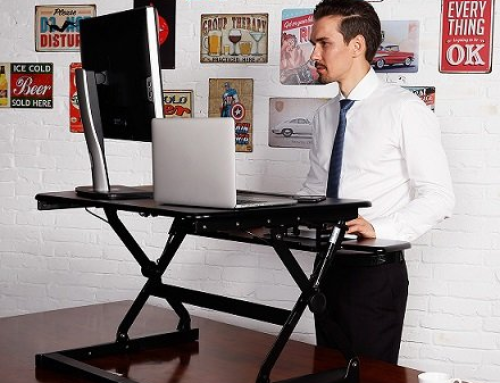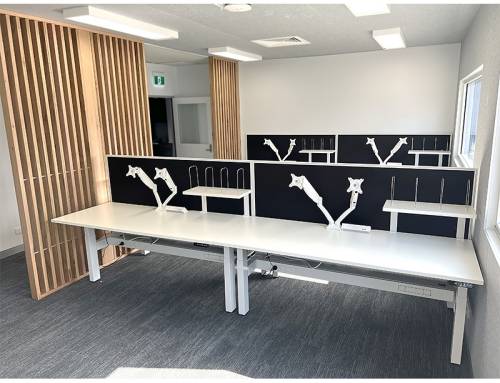Australia is catching up with the rest of the world in terms of workplace wellness. One trend gaining traction is the use of standing desks. But before you jump on the bandwagon, it’s crucial to know how tall your standing desk should be to ensure maximum comfort and efficiency.
Why Standing Desks?
First, let’s quickly touch on why standing desks are all the rage. Prolonged sitting has been linked to numerous health problems, including back pain, cardiovascular disease, and even early mortality. Standing desks encourage more movement throughout the day, improving posture and reducing the risk of these health issues.
They are not just about standing up. They are about promoting a more dynamic and healthier work environment.
Key Factors in Determining the Correct Height
Several factors should be considered when determining the correct height for your standing desk to ensure it meets your ergonomic needs.
Height Matters
The key to reaping the benefits of standing office desks lies in setting it at the right height. The proper desk height can vary from person to person, depending on individual height, monitor placement, and even the type of work being done. However, a general guideline can help you get started.
The Basics
When adjusting your standing desk, follow these basic ergonomic principles:
- Elbow Position: When typing or using a mouse, your elbows should be at a 90-degree angle. This usually means the desk height should be around your elbows’ height when you’re standing.
- Monitor Height: The top of your computer screen should be at eye level. This prevents neck strain from looking up or down.
Step-by-Step Guide to Setting Up Your Standing Desk
1. Measure your elbow height
Stand up straight and bend your elbows to a 90-degree angle. Measure the distance from the floor to your elbows. This measurement will be the approximate height of your desk.
2. Adjust your monitor
Place your monitor so that the screen’s top is at or below eye level. Ensure the screen is an arm’s length away from you.
3. Check your posture
Stand with your feet flat on the ground, shoulder-width apart. Your wrists should be straight, and your shoulders relaxed. If you find any discomfort, adjust the desk height and monitor position accordingly.
4. Consider a footrest
Using a footrest can help reduce pressure on your legs and improve circulation.
Common Mistakes to Avoid
Making some common mistakes when setting up a standing desk is easy. Here are a few pitfalls to watch out for:
Not Adjusting Regularly
Your standing desk should be adjustable. If not set correctly, static desks can cause as many problems as they solve. Aim to switch between sitting and standing every 30 minutes to an hour.
Ignoring Footwear
What you wear on your feet matters. High heels, for example, can throw off your posture. Opt for flat, comfortable shoes or even consider an anti-fatigue mat for additional support.
Conclusion: Finding the Perfect Balance
Determining the ideal height for your standing desk is crucial for maximizing its benefits. By following these guidelines, you can create a more ergonomic and comfortable workspace. Don’t settle for discomfort—invest in a quality standing desk from Fast Office Furniture and take the first step towards a healthier, more productive lifestyle.
Whether you are setting up a home office or upgrading your workspace, our desks are built to support your well-being and productivity. Check out our selection at fastofficefurniture.com.au and elevate your work experience today.







